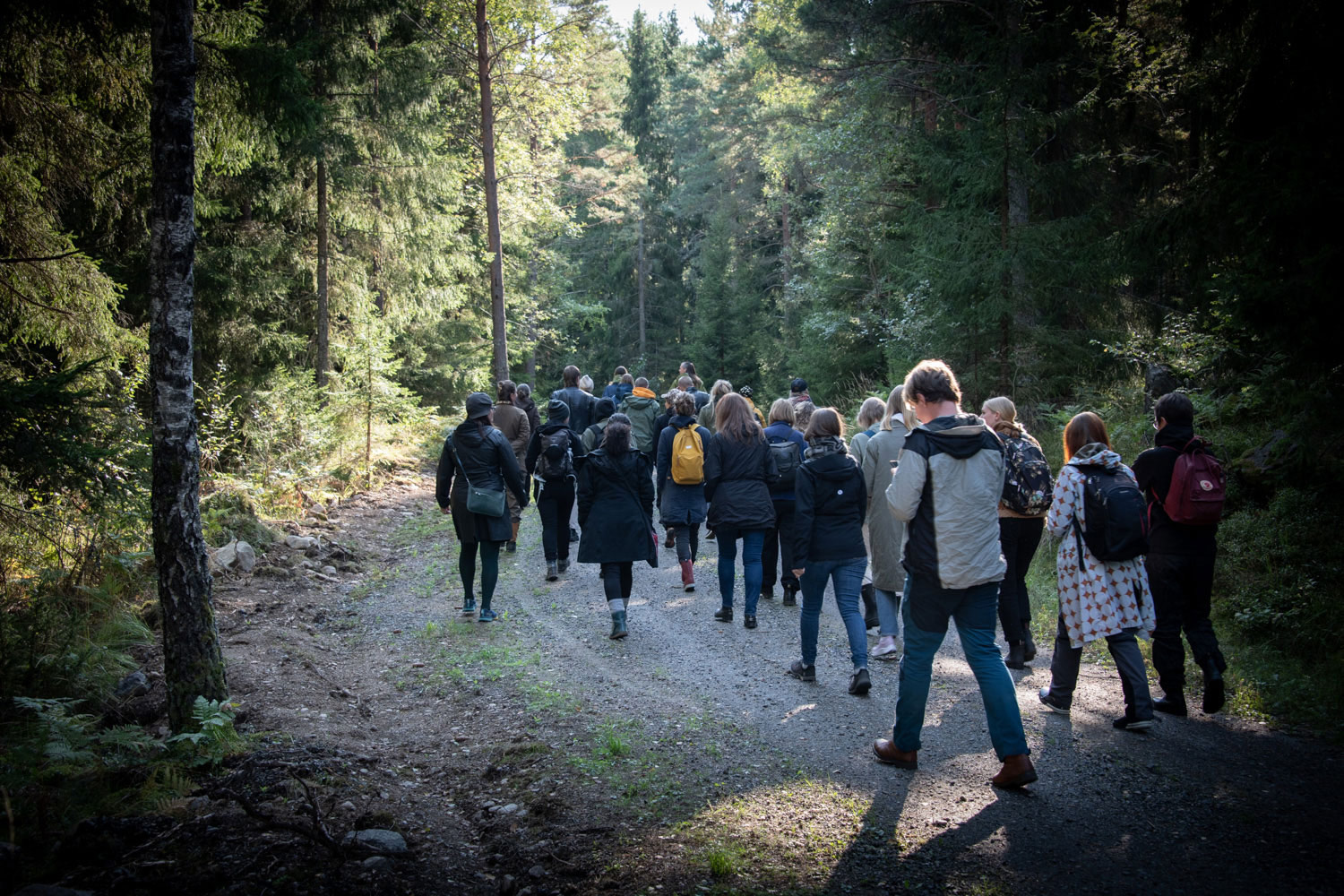Public Art Agency Sweden produces programme activities where you can experience, reflect on and learn about art and our shared spaces. The programme activities convey and deepen the knowledge that exists on and about public art.
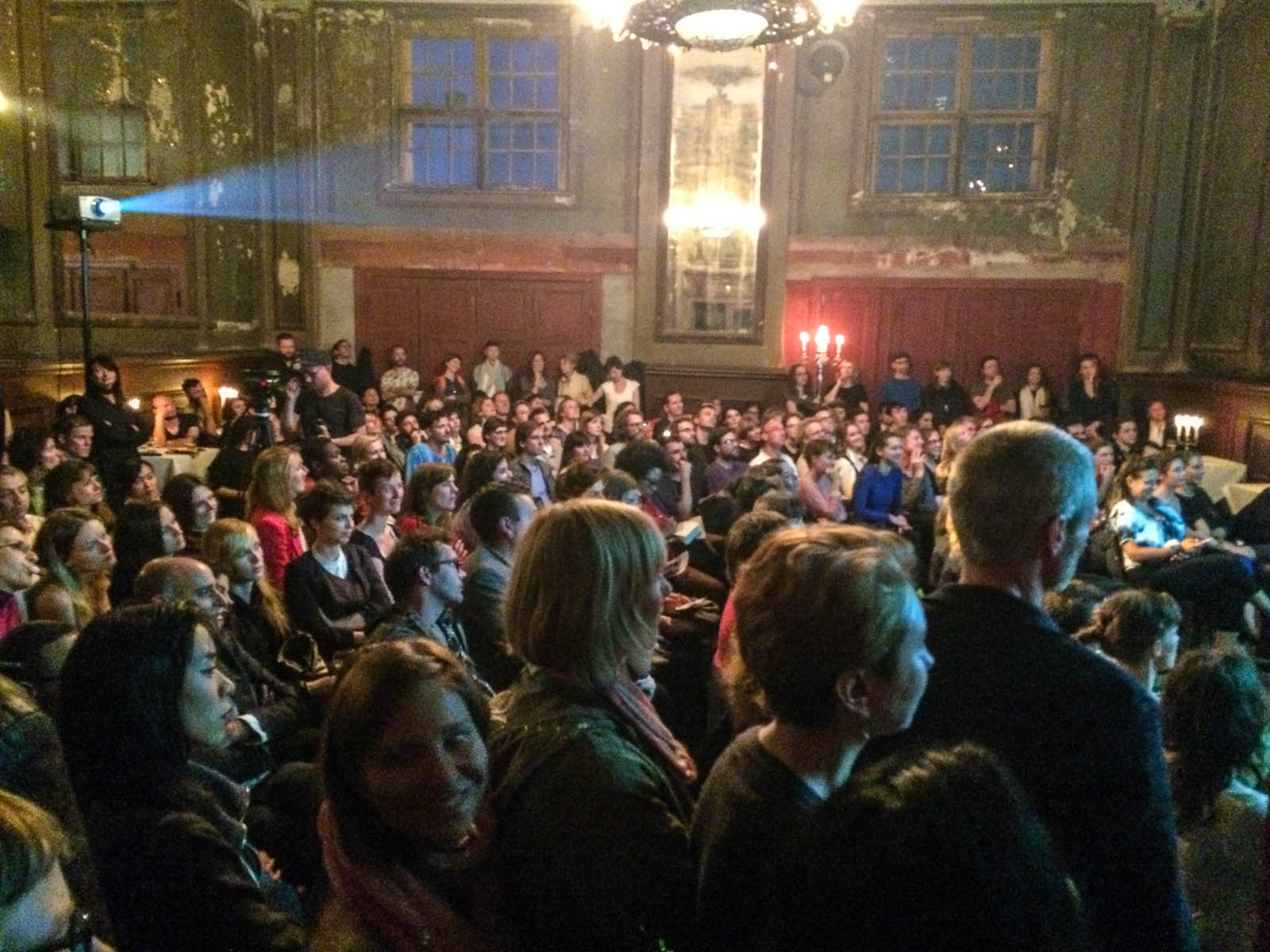
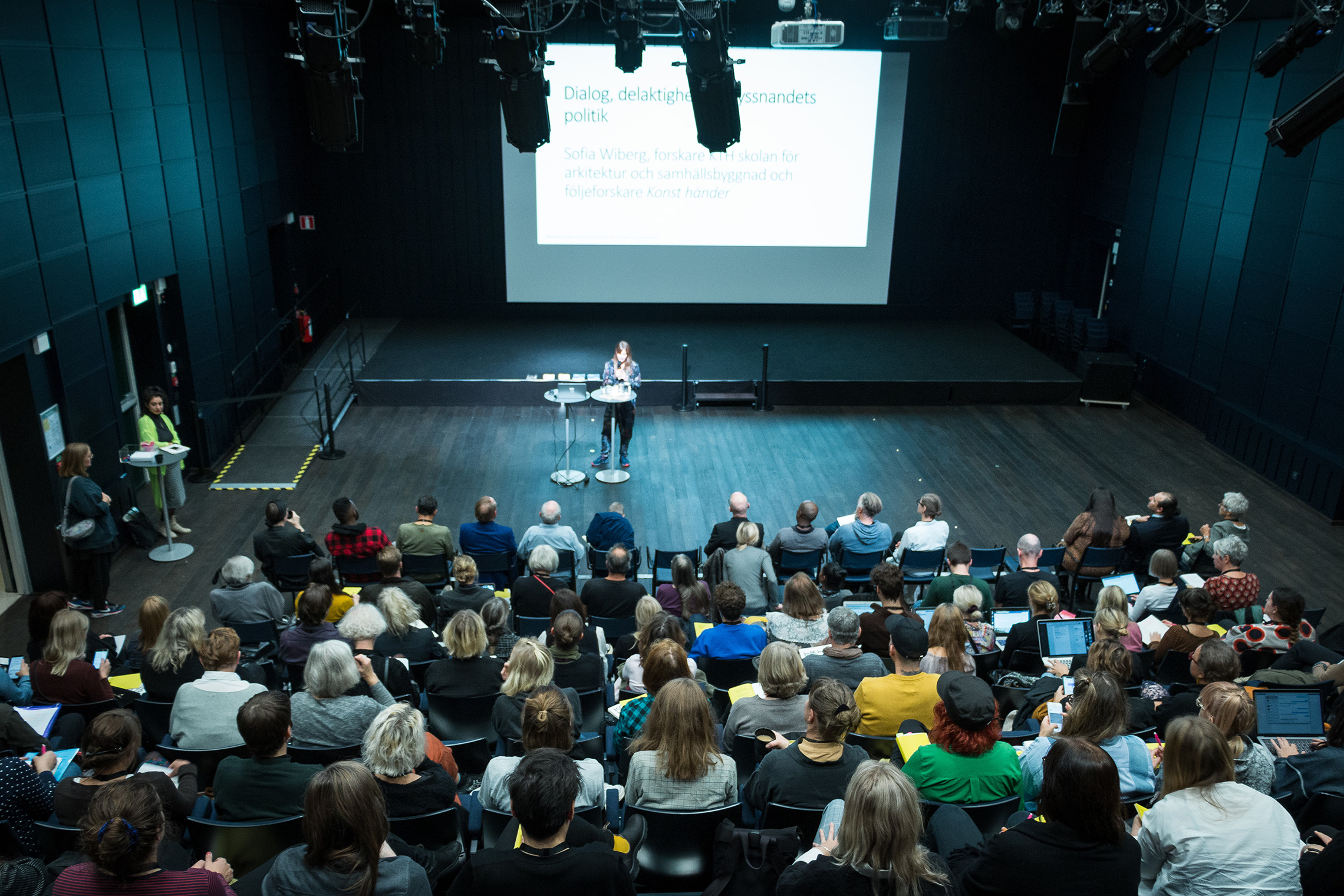
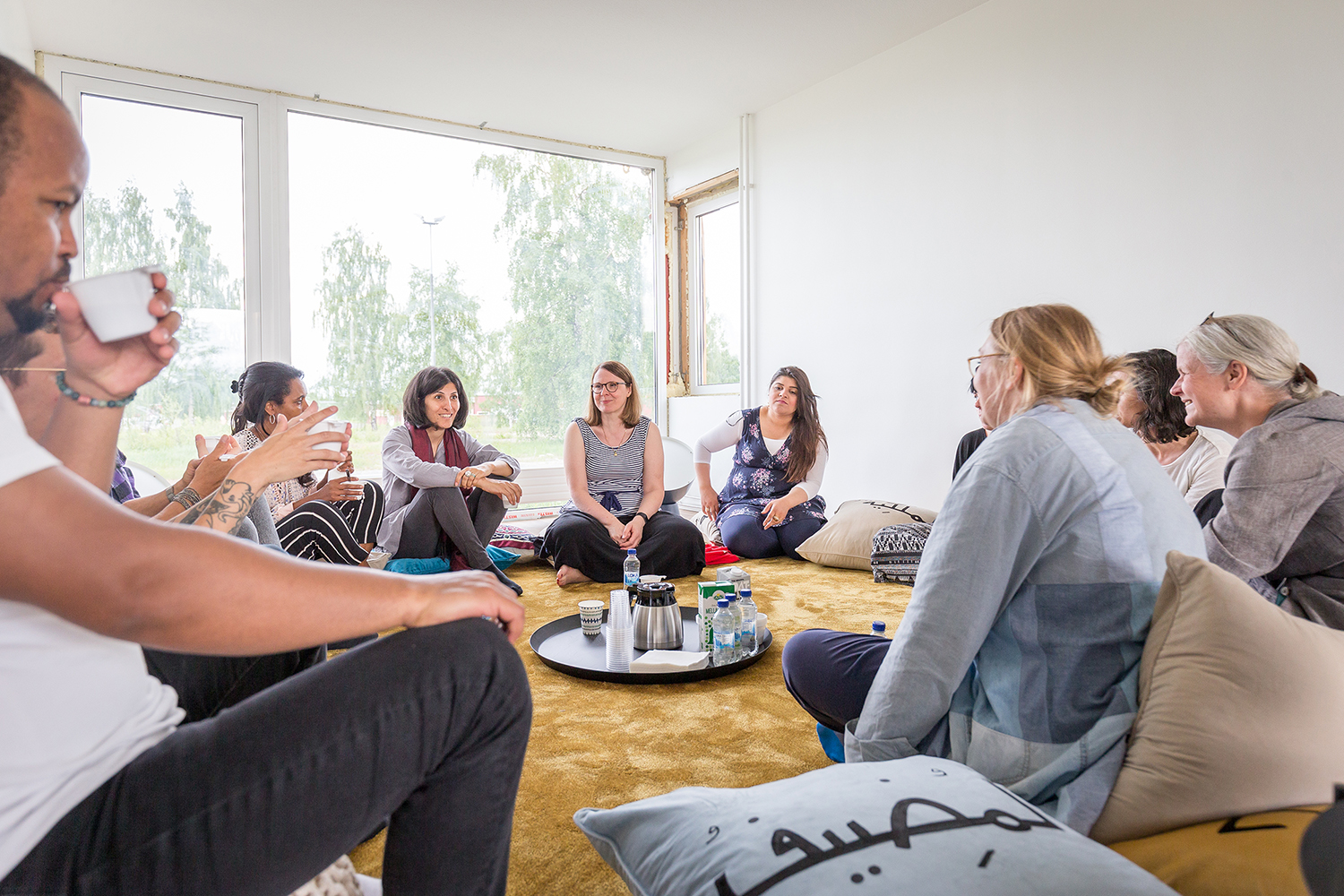
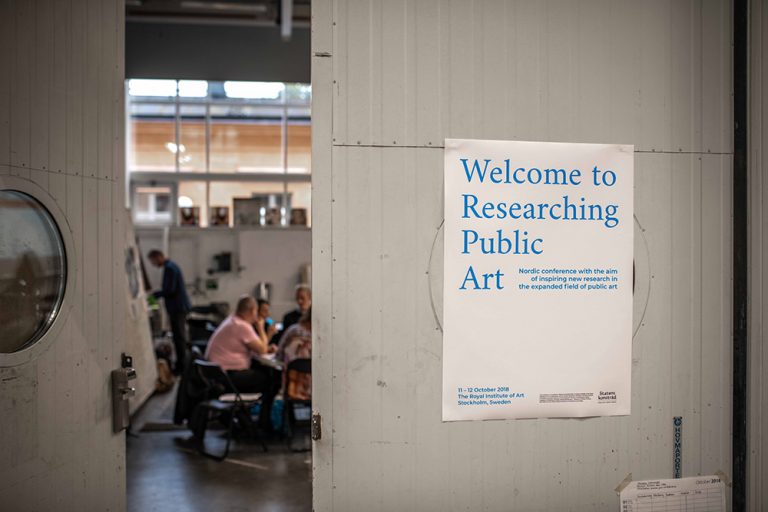
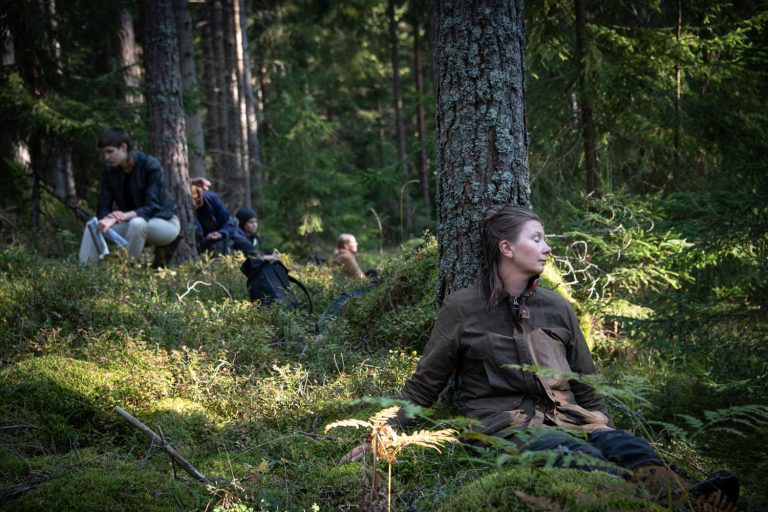
The programmes provide a stage for dialogues, interpretation and discussions about art and how we can influence, create and understand different types of shared spaces. Programme activities may include physical meetings, in a room, a forest, at a square or in digital space. They can be broadcast live or be pre-recorded and published online without being bound to a specific date or place. Our programme activities are often recorded so they can be available on the web for a long period. In addition to digital conferences, we produce films, radio shows, podcasts, sound works as well as commission digital artistic features for the programmes.
The programme activities create space for shared learning through dialogue, debates and the dissemination of knowledge on contemporary art, public art, research and current societal and cultural issues. We work simultaneously with several relatively constantly topical subjects, including the designed living environment, citizen involvement and art that gives rise to debate, as our relation to historical art has changed. Another persistently topical subject is thinking innovatively and reimagining memorial art and monuments. How they can be created with an understanding of our contemporary age and how art can negotiate and influence experiences of sites, histories, politics and values. Who and what art should make us remember, in which way and why?
More on the Public Art Agency’s program activities
For us at Public Art Agency Sweden, our programme activities are an ongoing exploration of the issues that arise when public art expands into new areas, the concept of art shifts and the role of the artist changes. Certain programme activities are created in accordance with a selected topical theme. Others are created in relation to our other activities – our temporary or permanent art projects that integrate art in the development of society, acquisition of artworks, art collections and the management of art. The programmes may also address issues of our memories, cultural heritage, supervision and projects in open calls, pilot projects, collaborations and networks.
Eternal topics?
Recurring themes in our programme activities are differing experiences and definitions of publicness and the changing views of art and the role of the artist throughout history until today. We work simultaneously with several relatively constantly topical subjects, including the designed living environment, citizen involvement and art that gives rise to debate, as our relation to historical art has changed. Another persistently topical subject is thinking innovatively and reimagining memorial art and monuments. How they can be created with an understanding of our contemporary age and how art can negotiate and influence experiences of sites, histories, politics and values. Who and what art should make us remember, in which way and why?
Questions are also raised about art and artistic freedom with the point of departure in concepts such as criticality and instrumentalisation. The concept of “criticality” attempts to express the artistic challenge of being involved in a context and, at the same time, safeguarding the artistic room to maneuver. An attempt to not only contribute aesthetic experience to a project but also ensure that the artistic perspectives add reflection and challenge our habitual ways of thinking and values.
“Instrumentalised” public art has lost its artistic freedom and is no longer the independent and challenging force that, according to Sweden’s cultural policy, it should be. In the past, this meant that the artistic design, expression and content were strictly controlled by the commissioner and the artworks often took the form of historical monuments or sculptures erected on public squares. Nowadays, commissioners of public art often work consciously with several types of artistic expression and self-organised artists can initiate projects in public spaces without being commissioned. Accordingly, it is no longer obvious which type of art has the greatest opportunity to be free and critical. At times, artistic expressions can play into the hands of various societal powers, but public art can also offer resistance.
What do you see
Our programme activities also address the temporal aspect of art; for example, how the meaning of an artwork changes over time. We speak about how temporal aspects such as temporary or permanent can both influence how long art should be preserved and how we understand it. It may be issues concerning our cultural heritage, what art should commemorate, how and why, as well as who and what art should make us mourn or celebrate and how. And last but not least, identifying ways to enable us to see what has been forgotten and why. The social and historical blind spots, that which has been made invisible and deliberately forgotten, are often more telling than the sculpture installed on a pedestal in the middle of the square. An important recurring subject is therefore thinking innovatively and reflecting on memorial art and monuments. How they can be created with an understanding of our contemporary age, how they can be developed in an experimental manner in the interface between art, architecture and landscape. And how art can negotiate and relate to the creation of sites, different histories, politics and norms.
Extended ways of looking at art, including performance art or artist-run meeting places, also recur in our programme. Contemporary public art appears in many forms, not all of which are physical, such as performance art. Public art today can also be relational and conceptual as it creates staged situations, contributes to how meetings occur or sites develop. Public art can also challenge societal norms and conditions, in the same way as the public realm consists not only of the built physical environment, streets and squares, but also of the social and mental spaces that are formed through the exchange of ideas and critical reflections. It is also about creating space for learning, experiments and discussing relevant topical issues. These are the issues we are attempting to address in our programme activities. Please feel free to participate.
In collaboration
Many of our external programme activities are co-produced and developed in collaboration with other actors, museums, art institutions, individual artists, educational institutions as well as government agencies and regions. We also collaborate with biennials, curatorial platforms and international networks.
